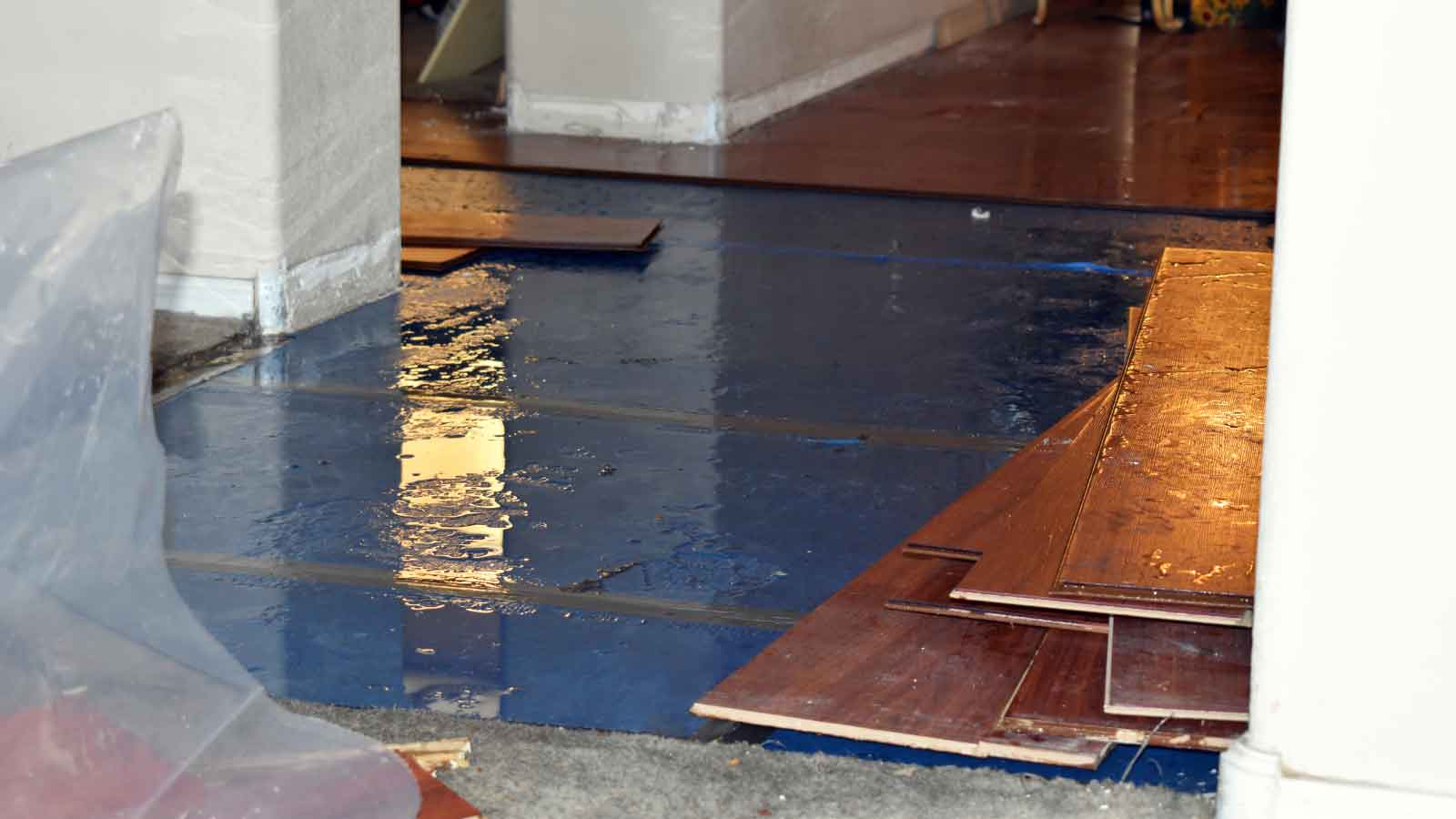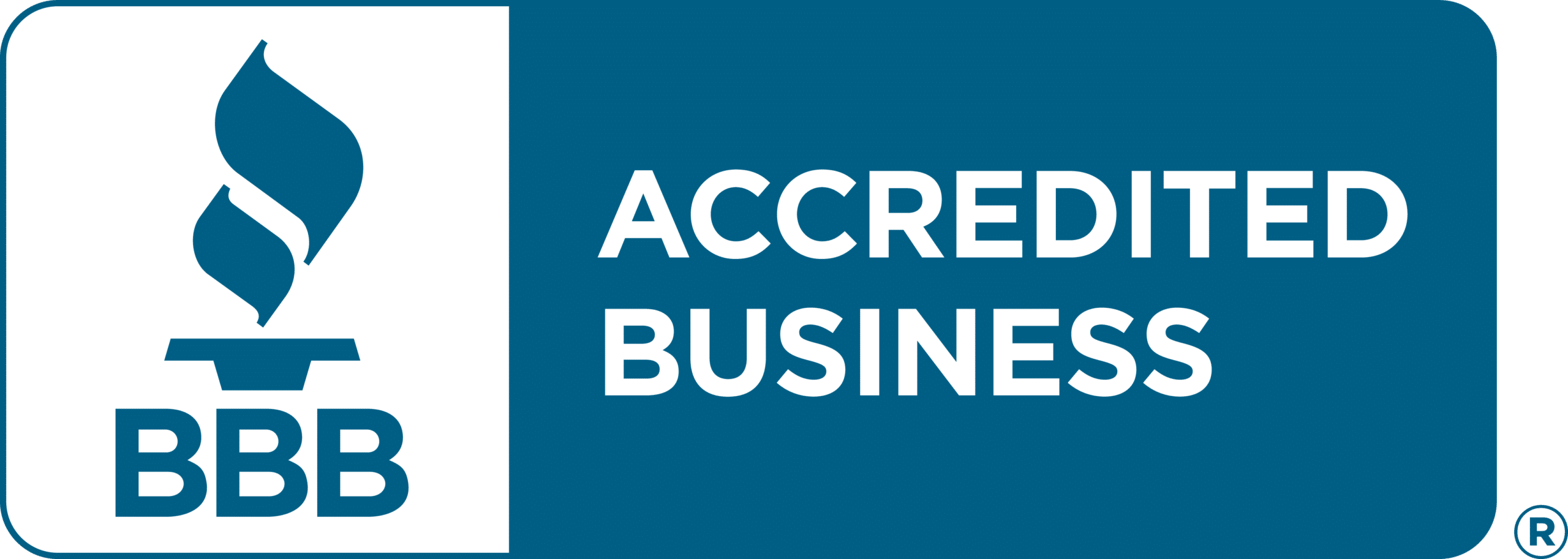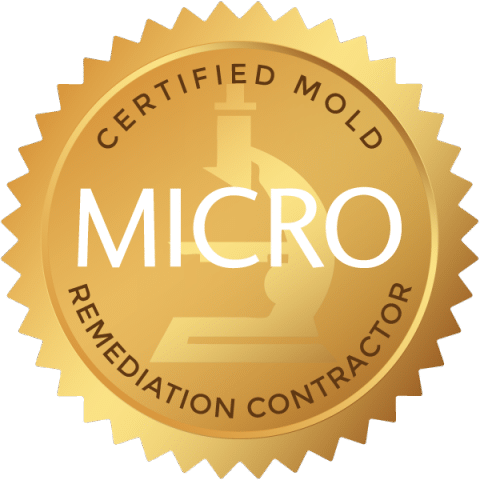Water stains on the ceiling. That musty odor you can’t get rid of. Walls that feel damp, floors that creak, and paint that bubbles for no apparent reason. These are frustrating signs that something’s wrong—and often, it’s water intrusion. If you’re dealing with mysterious moisture issues, it’s not just annoying. It can become costly fast.
In this blog, we’ll explain how water intrusion affects buildings and what you can do to stop it. We’ll explore the hidden ways water can impact your property and dive into actionable solutions. From recognizing the early signs to implementing long-term fixes, we’ll also touch on the importance of comprehensive leak detection to get to the root of the problem.
What is Water Intrusion?
Water intrusion is the unwanted water infiltration into a building through areas not designed to handle moisture. It enters through foundation cracks, roofing gaps, damaged window seals, or poorly maintained exterior walls. This happens when water finds its way past a structure’s external barriers and into interior spaces—either through pressure, gravity, or capillary action.
Water intrusion is different from flooding or accidental spills. It is often subtle, slow, and hidden. It can come from rainwater, groundwater, condensation, or plumbing leaks. The problem is not always visible initially, making catching early especially challenging. It’s a process, not a one-time event. Once water intrudes, it finds new paths unless the source is addressed and sealed correctly.
Effects of Water Intrusion on Building Structures
Water doesn’t just leave stains—it leaves lasting damage. Once it enters a building, it compromises core systems, putting the entire structure at risk. Specifically, its effects include:
Structural Damage
Water intrusion attacks a building’s core materials over time. Wood framing absorbs moisture, causing it to swell, weaken, and rot. Drywall becomes soft and loses its load-bearing strength. Even concrete isn’t safe—when water seeps in, it can crack and degrade due to repeated freeze-thaw cycles or mineral buildup. Over time, this damage affects a building’s stability, making it unsafe for occupants.
This worsens because much of the damage occurs behind walls or beneath floors. You might not notice it until doors won’t close right or floors begin to shift. By then, the internal structure has already started to fail. If left unresolved, the cost of repairs increases significantly, sometimes requiring partial reconstruction. Acting early helps avoid deeper, more expensive fixes.
Mold and Indoor Air Quality
Where moisture lingers, mold follows. Mold spores only need a small amount of water and a dark, undisturbed place to grow. Once established, mold can spread fast. It thrives behind walls, under carpets, or in poorly ventilated rooms. The result isn’t just damage to materials—it also affects the health of everyone inside.
Mold releases spores into the air, reducing indoor air quality. This can trigger allergic reactions, asthma flare-ups, and other respiratory issues, especially in children and the elderly. Persistent mold issues also leave behind strong odors and permanent staining. Even after cleanup, the damage to indoor air quality and trust in the space can linger. That’s why quick detection and professional remediation matter so much.
Electrical and Mechanical System Failures
Water doesn’t need much space to reach sensitive electrical and mechanical components. Once it gets into walls, ceilings, or crawlspaces, it can short-circuit wiring, damage outlets, and corrode connectors. Even minor leaks can affect system performance and safety. If moisture reaches HVAC systems, panels, or water heaters, it reduces efficiency or causes total failure.
This kind of damage isn’t always obvious right away. You may notice flickering lights, tripped breakers, or strange odors. These symptoms point to deeper issues that require professional intervention. Addressing the root cause of moisture intrusion prevents these failures and highlights the benefits of waterproofing early in a building’s life. It protects not just the walls but everything inside them.
Property Devaluation and Long-Term Economic Impact
Water damage doesn’t go unnoticed in real estate. Once water intrusion is documented, it follows a property through disclosures, appraisals, and inspections. Buyers become cautious. Insurance companies may raise premiums. And even if repairs are made, the home’s value may never fully recover.
Repair costs aren’t the only burden. There’s the lost time, temporary displacement, and ongoing maintenance. Buildings with a history of water issues often face recurring problems if not fixed correctly. Over time, this creates a cycle of spending that erodes value and strains budgets. Taking action early saves money and preserves long-term investment.
DIY and Preventative Approaches to Solve Water Intrusions
Preventing water intrusion doesn’t require a complete renovation. Many problems start small and can be managed with consistent attention and targeted action. Some of the practical DIY preventive approaches one can do include the following:
Identifying Early Warning Signs of Water Intrusion Problems
Early detection is the key to limiting damage. Moisture leaves subtle clues before it creates significant problems. Discoloration on ceilings or walls, damp basement smells, and warped flooring all point to potential trouble. Even a window that fogs up more than usual may indicate a failing seal.
Ignoring these minor signs leads to bigger issues. The longer water has to move through a building, the more damage it causes. Learning what to look for helps homeowners stay ahead of the problem. A quick check during regular cleaning or seasonal inspections can make a real difference.
Essential Waterproofing and Drainage Solutions for Homeowners
Waterproofing starts outside. Simple steps like maintaining clear gutters and extending downspouts protect the foundation. Applying sealants to vulnerable areas—like window frames, door thresholds, and cracks in masonry—adds a first line of defense. Drainage systems, including French drains or sump pumps, handle larger issues around basements or sloped yards.
These solutions don’t require massive investments. Many can be installed by experienced DIYers or with the help of a small contractor. The goal is to control water before it enters the home. Every layer of waterproofing adds protection and reduces long-term repair costs.
Proper Ventilation and Humidity Control Methods
Water intrusion isn’t just about leaks—it’s also about excess indoor moisture. Poor ventilation increases humidity, especially in bathrooms, laundry rooms, or basements. That trapped moisture eventually settles into materials, setting the stage for mold.
The solution is airflow. Exhaust fans, open windows, and dehumidifiers help keep indoor air dry. In attics and crawlspaces, passive vents prevent condensation from forming. Balancing indoor humidity levels protects materials and keeps the air healthier for everyone. It’s a low-effort, high-impact change that makes a noticeable difference.
Regular Maintenance Practices to Prevent Water-Related Issues
Routine maintenance is the most effective way to prevent minor issues from becoming major. Roofs should be checked for missing shingles or cracked flashing. Gutters and downspouts need to be cleaned seasonally. Caulking around windows and doors should be refreshed as they wear down.
These tasks don’t take long, but they go a long way. Scheduling inspections twice a year helps spot changes or early signs of trouble. When homeowners take control of their maintenance routines, they improve their home’s durability and make effective water leak detection easier. Prevention is always cheaper than repair—and far less stressful.
How Absolute Maintenance & Consulting Can Help
A quick patch isn’t enough when water intrusion compromises your home or building. You need experts who don’t just treat the surface issues but get to the root cause. That’s where Absolute Maintenance & Consulting comes in.
We specialize in comprehensive, long-term solutions—not temporary fixes. Our team combines deep technical knowledge with hands-on experience to stop water problems where they start and prevent them from coming back.
We approach every project with precision and transparency. From the first inspection to the final walkthrough, we’re with you at every step. We don’t just fix the damage—you’ll understand what caused it, how we’ll repair it, and what we’ll do to prevent it in the future. Our focus is on protecting your investment and restoring your peace of mind.
Zooming in, we can help by:
- Conducting advanced leak detection using thermal imaging and moisture meters to pinpoint the exact source of the issue.
- Providing custom waterproofing and sealing services tailored to your building’s structure and location.
- Handling mold remediation and structural drying to restore indoor air quality and protect your health.
- Delivering complete restoration and repair, including rebuilding compromised materials and ensuring future protection.
Don’t wait for water damage to spread. Call Absolute Maintenance & Consulting today and get expert help that solves the problem right the first time.








